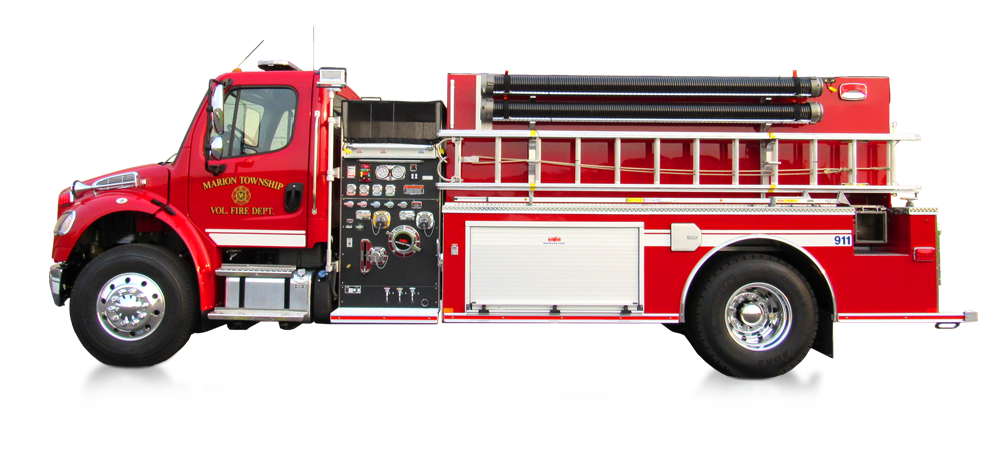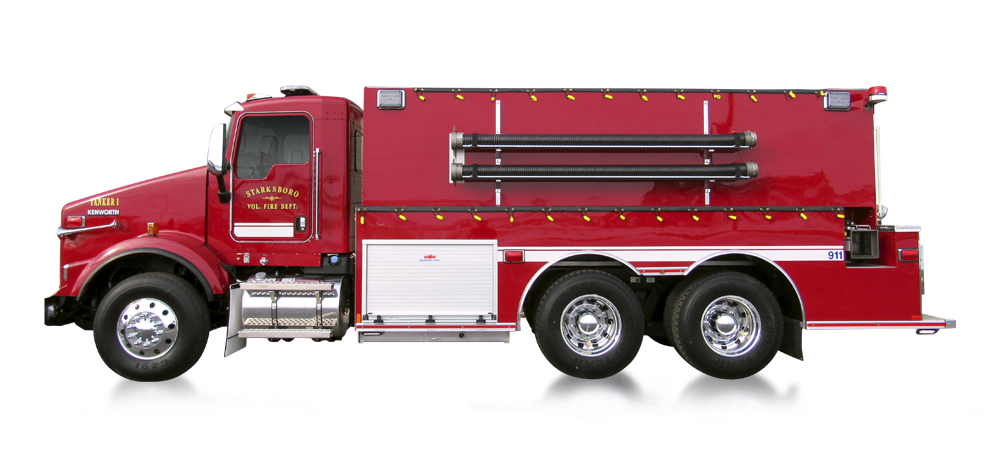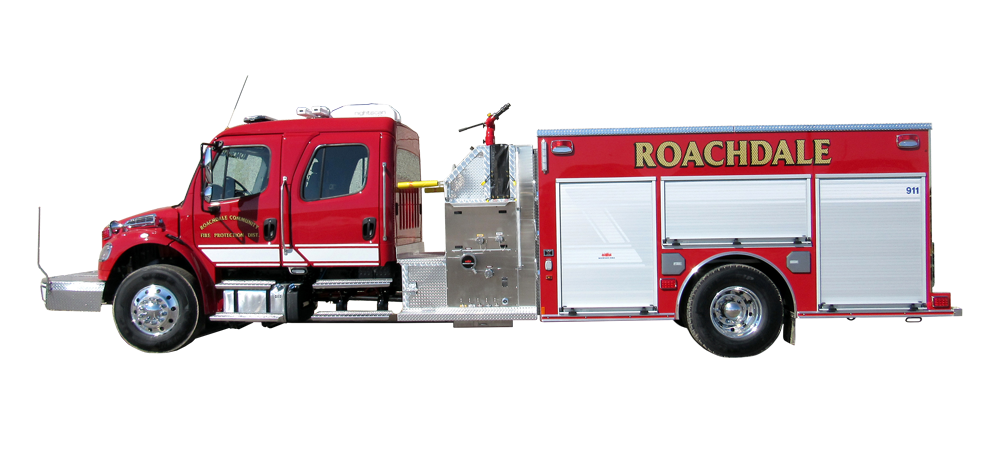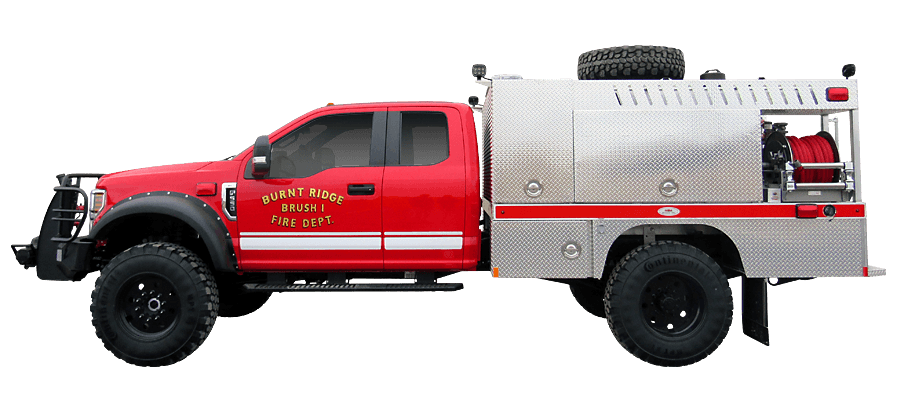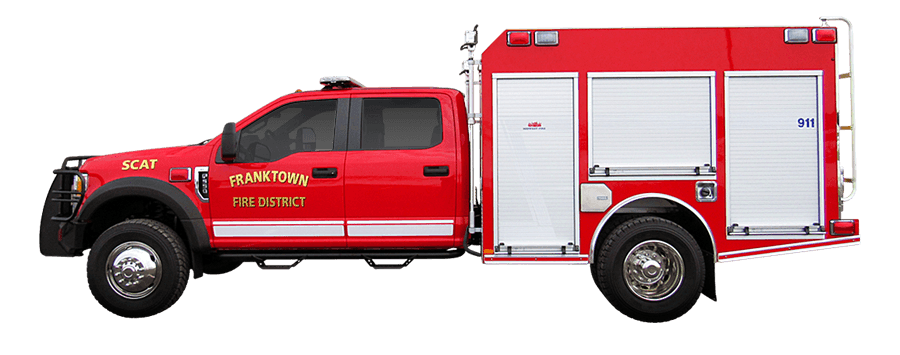The History of the Fire Truck
A home is ablaze. The local fire department is notified. They pull up to the scene, literally pulling a water pump on wagon wheels.
These pumps-on-wheels seem unlikely, but they were the precursor to the modern fire truck.
Today’s fire trucks are better equipped to save lives than ever before. They’re lightweight, can speed to the scene in minutes, and hold up to 4,000 gallons of water and equipment. Back in the 1700s and 1800s, fire apparatuses were slow-moving and ineffective.
During colonial times, Americans kept a bucket of water on the front stoop during evening fires. Bucket brigades would then pass that water to extinguish the fire. Compared to this system, the fire pump on wheels was quite an improvement.
Technology to the Rescue
The first steam-powered fire engine came onto the scene in 1841, which helped quicken the response time, but the real game-changer was the invention of the aerial ladder in 1868.
Daniel D. Hayes was the brainpower behind the invention, a native New Yorker with stints at the New York City Fire Department. It was with the San Francisco Fire Department that Hayes mounted an extension ladder to the top of a ladder truck, and the Hayes Truck was born.
It wasn’t truly put to use until four years later, after the Harpending block fire in 1871. After that destructive inferno, the department determined that longer ladders could have saved substantially more property.
By 1910, fire engines had become motorized fire trucks. But as buildings began to tower taller and taller, ladders grew by necessity. Fire trucks added a bucket on top of the ladder, also known as an aerial work platform or “cherry picker,” after World War II.
Pumping systems also advanced. Originally, engines used cisterns for water. Later, wooden pipes stored water under the streets and firefighters suctioned it out when needed. A hydrant system was eventually put into place; first with hydrants pressurized using a fire alarm before today’s hydrants that are pressurized at all times.
Today’s Modern Trucks
The fire engine as we know it today came about around 1960, adding enclosed seats for firefighters, as well as modern pumps and ladders, and are classified based on incident type.
Today, Midwest Fire is proud to bring you trucks that truly define modern cutting-edge technology. That includes our All-Poly series of tankers, tanker-pumpers, pumpers, and quick attack vehicles.
These vehicles are rust-proof, impact-resistant, hold up under pressure and will last a lifetime. To learn more about what sets our trucks apart from the competition, visit Midwestfire.com.
 Tanker-Pumper
Tanker-Pumper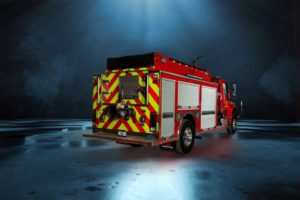 Tanker
Tanker Pumper
Pumper Custom Pumper
Custom Pumper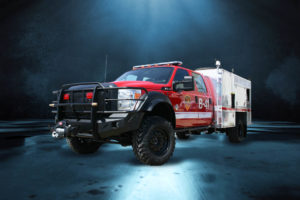 Brush Truck
Brush Truck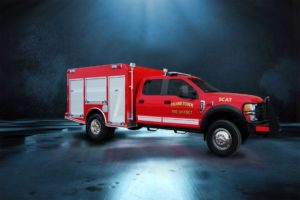 Quick-Attack
Quick-Attack Type 3
Type 3 Mini Pumper
Mini Pumper